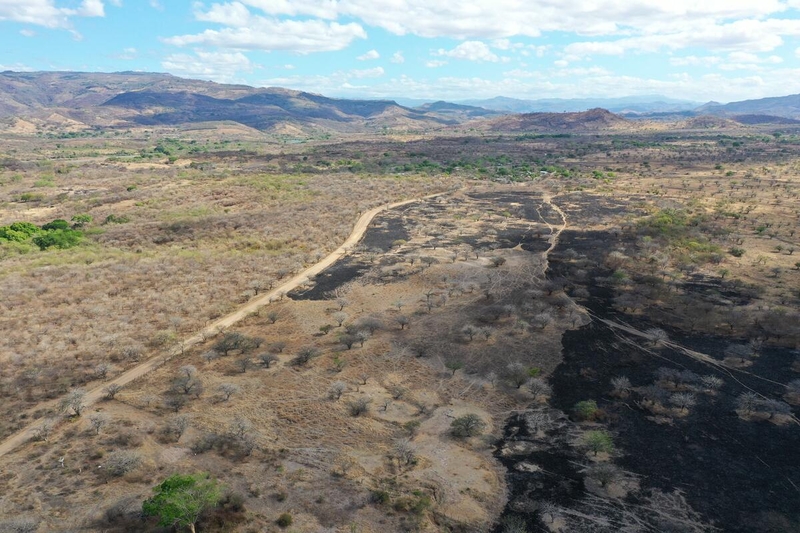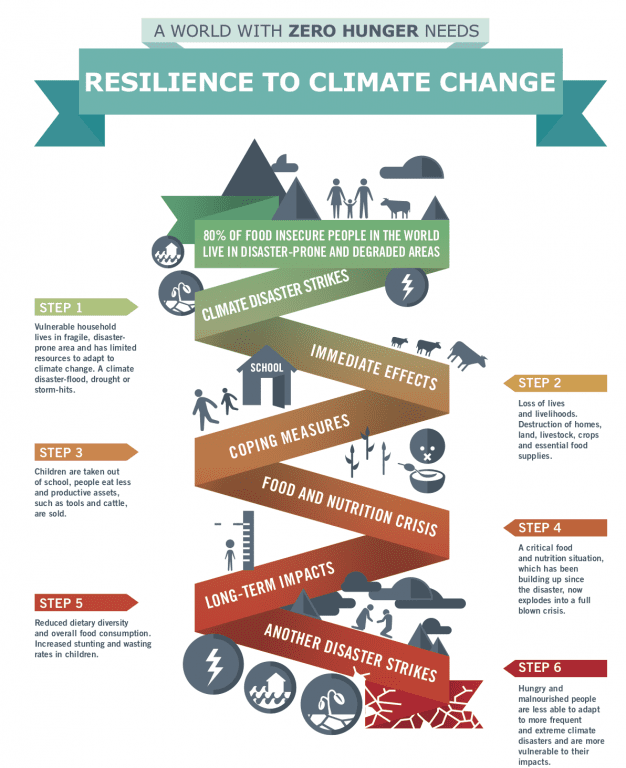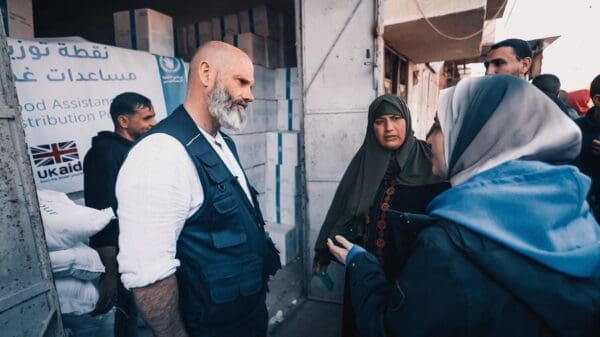
This Is How Climate Change Causes Hunger in 6 Steps
The United Nations World Food Programme (WFP) is the largest hunger-fighting agency in the world. In the last decade, almost half of our work has focused on helping people respond to, recover from and prepare for climate-related disasters.
With extreme weather events on the rise, there is no question that climate change is here and posing an imminent threat to millions of livelihoods. But how do climate-related disasters like droughts or floods cause hunger?
When Hurricane Eta hit Guatemala in 2020, the municipality of San Cristóbal was hit the hardest. The constant rain left entire villages and farms submerged under water and roads inaccessible. With homes, land and essential food supplies destroyed, families were left with nothing.
“Eta arrived at the worst time, making life harder for millions of people already hard hit by years of erratic weather and the socioeconomic crisis COVID-19 caused,” said Miguel Barreto, Regional Director for Latin America and the Caribbean.
The U.N. World Food Programme responded by using internal resources to preposition food and mobilized teams to reach the most vulnerable communities impacted by the storm.
Scroll down to see how climate-related disasters like Hurricane Eta cause a domino-effect for rising hunger.

Climate change starves livestock, farms and families. To learn more, visit our climate hub




